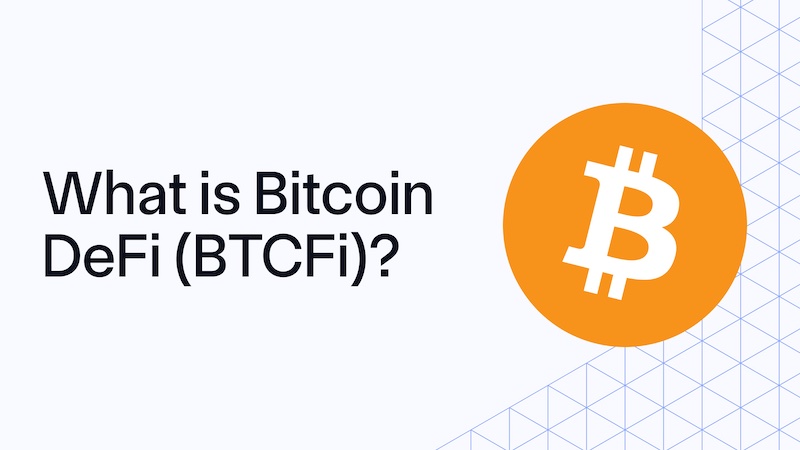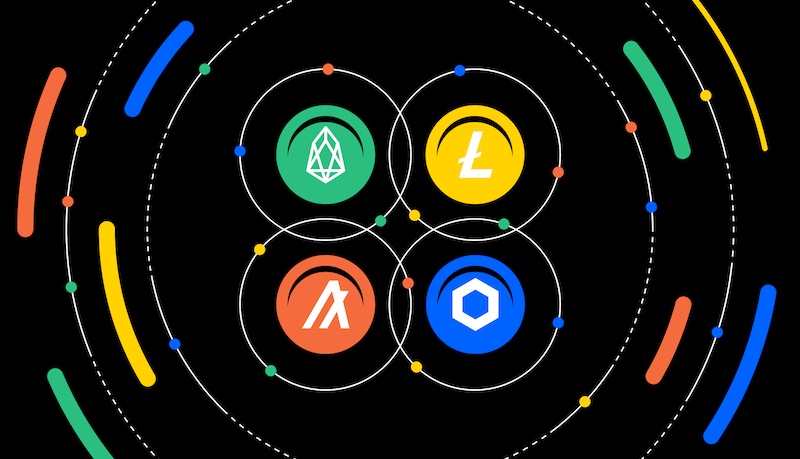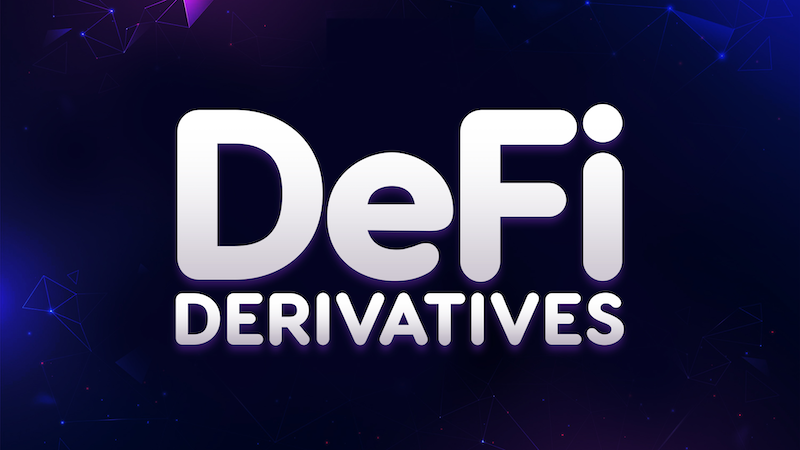Explore synthetic derivatives in DeFi for 2025. Learn how they work, top platforms like Synthetix, and where to buy tokens like SNX. Unlock DeFi’s potential!
Introduction: Unlocking the Power of Synthetic Derivatives in DeFi
Decentralized Finance (DeFi) has revolutionized how we interact with financial instruments, and synthetic derivatives are at the forefront of this transformation. These blockchain-based assets replicate the value of real-world assets—stocks, commodities, currencies, or even cryptocurrencies—without requiring ownership of the underlying asset.
By leveraging smart contracts, synthetic derivatives in DeFi offer unparalleled access to global markets, enabling investors to gain exposure to diverse assets with transparency and minimal intermediaries. With the DeFi market projected to exceed $250 billion in total value locked (TVL) by the end of 2025, synthetic derivatives are poised to drive significant growth.
This comprehensive guide explores what synthetic derivatives in DeFi are, how they work, their benefits and risks, top protocols, and where to buy key tokens like SNX in 2025.
Key Takeaways
- What Are Synthetics?: Synthetic derivatives in DeFi are blockchain-based tokens that mirror the price of real-world or crypto assets, enabling exposure without direct ownership.
- Accessibility and Flexibility: Synthetics allow anyone with a crypto wallet to trade assets like stocks or gold on decentralized platforms, bypassing traditional gatekeepers.
- Top Protocols: Platforms like Synthetix, UMA, and Mirror Protocol lead the synthetic derivatives space, offering diverse assets and governance tokens.
- High Return Potential: Synthetic derivatives enable leveraged trading and yield farming, but high returns come with volatility and smart contract risks.
- Where to Buy Tokens: Tokens like SNX, UMA, and MIR are available on exchanges like Binance, Uniswap, and Coinbase for secure trading.
- Risk Awareness: Investors must navigate price volatility, protocol vulnerabilities, and regulatory uncertainties when engaging with DeFi synthetics.
What Are Synthetic Derivatives in DeFi?
Synthetic derivatives, or “synthetics,” are tokenized assets on blockchain networks that track the price movements of underlying assets, such as stocks (e.g., Tesla), commodities (e.g., gold), fiat currencies (e.g., USD), or cryptocurrencies (e.g., Bitcoin). Unlike traditional derivatives, which are often managed by centralized institutions, DeFi synthetics are created and traded on decentralized platforms using smart contracts. These contracts use oracles (e.g., Chainlink) to fetch real-time price data, ensuring the synthetic asset’s value aligns with the underlying asset.
How They Work:
- Minting: Users lock collateral (e.g., ETH or stablecoins) in a protocol to create synthetic assets (e.g., sTSLA for Tesla stock).
- Trading: Synthetics can be traded on decentralized exchanges (DEXs) or used in DeFi protocols for lending, staking, or yield farming.
- Settlement: Smart contracts automatically settle trades or liquidate positions based on predefined conditions, eliminating intermediaries.
- Collateralization: Over-collateralization (e.g., 750% for Synthetix) ensures stability, with users staking native tokens to back synthetics.
Examples:
- sBTC: Tracks Bitcoin’s price.
- sUSD: Mirrors the U.S. dollar.
- sAAPL: Represents Apple’s stock price.
Benefits of Synthetic Derivatives in DeFi
Synthetic derivatives offer unique advantages, making them a game-changer in DeFi:
- Global Accessibility: Anyone with a crypto wallet can trade assets like sTSLA or sGOLD, bypassing geographic or regulatory restrictions.
- No Intermediaries: Decentralized protocols eliminate brokers, reducing fees and increasing transparency.
- Diverse Exposure: Investors can access stocks, commodities, forex, and crypto without owning the underlying assets.
- Liquidity: Synthetics trade on DEXs like Uniswap, providing high liquidity and 24/7 access.
- Leverage and Yield: Protocols allow leveraged trading and yield farming, amplifying returns for savvy investors.
- Innovation: Synthetics enable new financial products, like tokenized indices or exotic assets, unavailable in traditional markets.
Risks of Synthetic Derivatives in DeFi
Despite their potential, synthetic derivatives carry significant risks:
- Market Volatility: Synthetics tied to volatile assets like stocks or crypto can experience sharp price swings.
- Smart Contract Risks: Bugs or exploits in protocol code can lead to fund losses, as seen in past DeFi hacks.
- Oracle Risks: Inaccurate or manipulated price feeds from oracles can disrupt synthetic pricing.
- Liquidation Risks: Over-collateralized positions may be liquidated if collateral value drops below required thresholds.
- Regulatory Uncertainty: Governments may impose restrictions on synthetic assets, especially those mimicking regulated securities.
- Counterparty Risk: While minimized in DeFi, reliance on protocol stability and collateral quality remains a concern.
To mitigate these risks, investors should diversify, use audited protocols, and monitor collateral ratios.
Top DeFi Protocols for Synthetic Derivatives in 2025
Here are the leading platforms driving synthetic derivatives in DeFi, along with their native tokens and key features.
1. Synthetix (SNX) – The Synthetic Asset Pioneer
Why Synthetix?
Synthetix, built on Ethereum, is the leading protocol for synthetic assets, offering tokens like sBTC, sUSD, and sTSLA. SNX holders stake tokens to mint synthetics and earn rewards.
Key Features:
- Over 50 synthetic assets, including stocks, commodities, and crypto.
- High collateralization ratio (750%) for stability.
- Governance via SNX token, with staking yields up to 15% annually.
Why Invest in SNX?
With a TVL of $1.2 billion and Optimism Layer-2 integration, Synthetix is a cornerstone of DeFi synthetics.
Where to Buy SNX: Binance, Coinbase, Uniswap, Kraken, Gate.io.
2. UMA (UMA) – Universal Market Access
Why UMA?
UMA enables the creation of custom synthetic assets with its “priceless” contract design, reducing oracle dependency. The UMA token supports governance and dispute resolution.
Key Features:
- Custom synthetics for niche assets (e.g., yield curves, indices).
- Optimistic oracles for efficient price verification.
- Integration with Polygon for lower fees.
Why Invest in UMA?
UMA’s flexibility and $300 million TVL make it a strong contender for innovative derivatives.
Where to Buy UMA: Binance, Coinbase, Uniswap, KuCoin.
3. Mirror Protocol (MIR) – Tokenized Stocks and ETFs
Why MIR?
Mirror Protocol, built on Terra (revived in 2024), specializes in tokenized stocks (e.g., mAAPL, mGOOGL) and ETFs. MIR is used for governance and liquidity provision.
Key Features:
- Focus on U.S. equities and ETFs (e.g., mSPY for S&P 500).
- High liquidity via Terra’s ecosystem and DEXs.
- Governance for asset listing and protocol upgrades.
Why Invest in MIR?
Mirror’s niche in tokenized equities and $200 million TVL signal growth potential.
Where to Buy MIR: Uniswap, Gate.io, KuCoin, Terra-based DEXs.
4. dYdX (DYDX) – Decentralized Derivatives Exchange
Why DYDX?
dYdX offers perpetual futures and synthetic derivatives with up to 20x leverage. The DYDX token enables governance and fee discounts.
Key Features:
- Perpetual contracts for crypto and synthetic assets.
- Layer-2 on Starknet for low fees and high speed.
- Margin trading with advanced order types.
Why Invest in DYDX?
dYdX’s $800 million TVL and focus on professional trading make DYDX a top pick.
Where to Buy DYDX: Binance, Coinbase, Uniswap, Kraken.
5. Perpetual Protocol (PERP) – Perpetual Futures Leader
Why PERP?
Perpetual Protocol specializes in perpetual futures for synthetic assets, built on Optimism. PERP tokens are used for governance and staking rewards.
Key Features:
- Up to 10x leverage on synthetic crypto and commodities.
- Virtual AMM (vAMM) for efficient pricing.
- High-speed trading via Layer-2.
Why Invest in PERP?
With $250 million TVL, Perpetual Protocol appeals to traders seeking leveraged exposure.
Where to Buy PERP: Uniswap, Binance, Gate.io, KuCoin.
How Synthetic Derivatives Work in Practice
Let’s break down the process of using synthetic derivatives in DeFi:
- Choose a Protocol: Select a platform like Synthetix or UMA based on desired assets (e.g., sBTC or mTSLA).
- Lock Collateral: Deposit ETH, stablecoins, or native tokens (e.g., SNX) to mint synthetics, ensuring over-collateralization.
- Mint Synthetics: Use the protocol’s interface to create synthetic assets, which track the underlying asset’s price via oracles.
- Trade or Utilize: Trade synthetics on DEXs like Uniswap or use them in DeFi protocols for lending, staking, or yield farming.
- Manage Positions: Monitor collateral ratios to avoid liquidation, especially during market volatility.
- Exit Positions: Burn synthetics to redeem collateral or swap them for other assets on DEXs.
Example: To trade sTSLA on Synthetix, lock 750% collateral in SNX, mint sTSLA, and trade it on Uniswap or stake it in AAVE for additional yields.
Where to Buy Synthetic Derivative Tokens in 2025
To invest in synthetic derivative tokens like SNX, UMA, MIR, DYDX, and PERP, use these trusted platforms:
- Binance: Largest CEX with low fees, supporting SNX, UMA, DYDX, PERP.
- Coinbase: User-friendly CEX for SNX, UMA, DYDX; ideal for U.S. investors.
- Uniswap: Leading DEX for SNX, UMA, MIR, DYDX, PERP. Requires a Web3 wallet like MetaMask.
- Kraken: Secure CEX for SNX and DYDX, with robust security features.
- Gate.io: Wide range, including SNX, UMA, MIR, PERP.
- KuCoin: Supports UMA, MIR, PERP, DYDX for advanced traders.
- Terra-based DEXs: Ideal for MIR (e.g., Astroport).
Safety Tips:
- Non-Custodial Wallets: Store tokens in MetaMask, Rabby, or Ledger.
- Enable 2FA: Secure exchange accounts with two-factor authentication.
- Verify Platforms: Avoid phishing by checking official URLs or apps.
- Test Transactions: Start with small purchases to ensure platform reliability.
Strategies for Investing in Synthetic Derivatives
- Diversify Across Protocols: Invest in tokens from Synthetix, UMA, Mirror, dYdX, and Perpetual Protocol to spread risk.
- Research Fundamentals: Analyze TVL, whitepapers, and audits on DefiLlama or GitHub.
- Leverage Yield Farming: Stake synthetics in protocols like AAVE or Curve for additional returns.
- Monitor Oracles: Ensure platforms use reliable oracles (e.g., Chainlink) to avoid price manipulation.
- Hedge Volatility: Use stablecoin-based synthetics (e.g., sUSD) to reduce exposure to market swings.
- Stay Informed: Follow X and DefiLlama for protocol updates and market trends.
Risks Specific to Synthetic Derivatives
In addition to general DeFi risks, synthetics face unique challenges:
- Over-Collateralization Risks: High collateral requirements (e.g., 750% for Synthetix) tie up capital.
- Oracle Dependency: Inaccurate price feeds can misalign synthetic values.
- Liquidation Volatility: Rapid price drops can trigger liquidations, especially in leveraged positions.
- Protocol-Specific Risks: Each platform (e.g., Synthetix, UMA) has unique vulnerabilities based on its design.
Mitigate these by using audited protocols, diversifying collateral, and monitoring market conditions.
Final Thoughts on Synthetic Derivatives in DeFi
Synthetic derivatives in DeFi are revolutionizing access to global markets, allowing investors to trade tokenized stocks, commodities, and crypto with unprecedented flexibility. Protocols like Synthetix, UMA, Mirror, dYdX, and Perpetual Protocol lead the charge, offering innovative solutions backed by tokens like SNX, UMA, and DYDX.
By purchasing these tokens on trusted platforms like Binance, Uniswap, and Coinbase, and employing strategic risk management, investors can unlock DeFi’s potential in 2025. Stay informed, secure your assets, and diversify to thrive in the dynamic world of synthetic derivatives.
FAQs About Synthetic Derivatives in DeFi
1. What are synthetic derivatives in DeFi?
Synthetic derivatives are tokenized assets on blockchain networks that track the price of real-world or crypto assets (e.g., stocks, commodities) without requiring ownership.
2. Why invest in synthetic derivatives in 2025?
Synthetics offer global access, high liquidity, and yield opportunities, with DeFi’s TVL projected to exceed $250 billion, but they carry volatility and smart contract risks.
3. Which platforms are best for synthetic derivatives?
Synthetix, UMA, Mirror Protocol, dYdX, and Perpetual Protocol lead in creating and trading synthetic assets, with tokens like SNX and UMA.
4. Where can I buy synthetic derivative tokens safely?
Use Binance, Coinbase, Uniswap, Kraken, Gate.io, KuCoin, or Terra-based DEXs, with 2FA and non-custodial wallets for security.
5. What are the risks of synthetic derivatives?
Risks include market volatility, smart contract vulnerabilities, oracle inaccuracies, liquidation risks, and regulatory uncertainties. Diversify and use audited platforms to mitigate.







